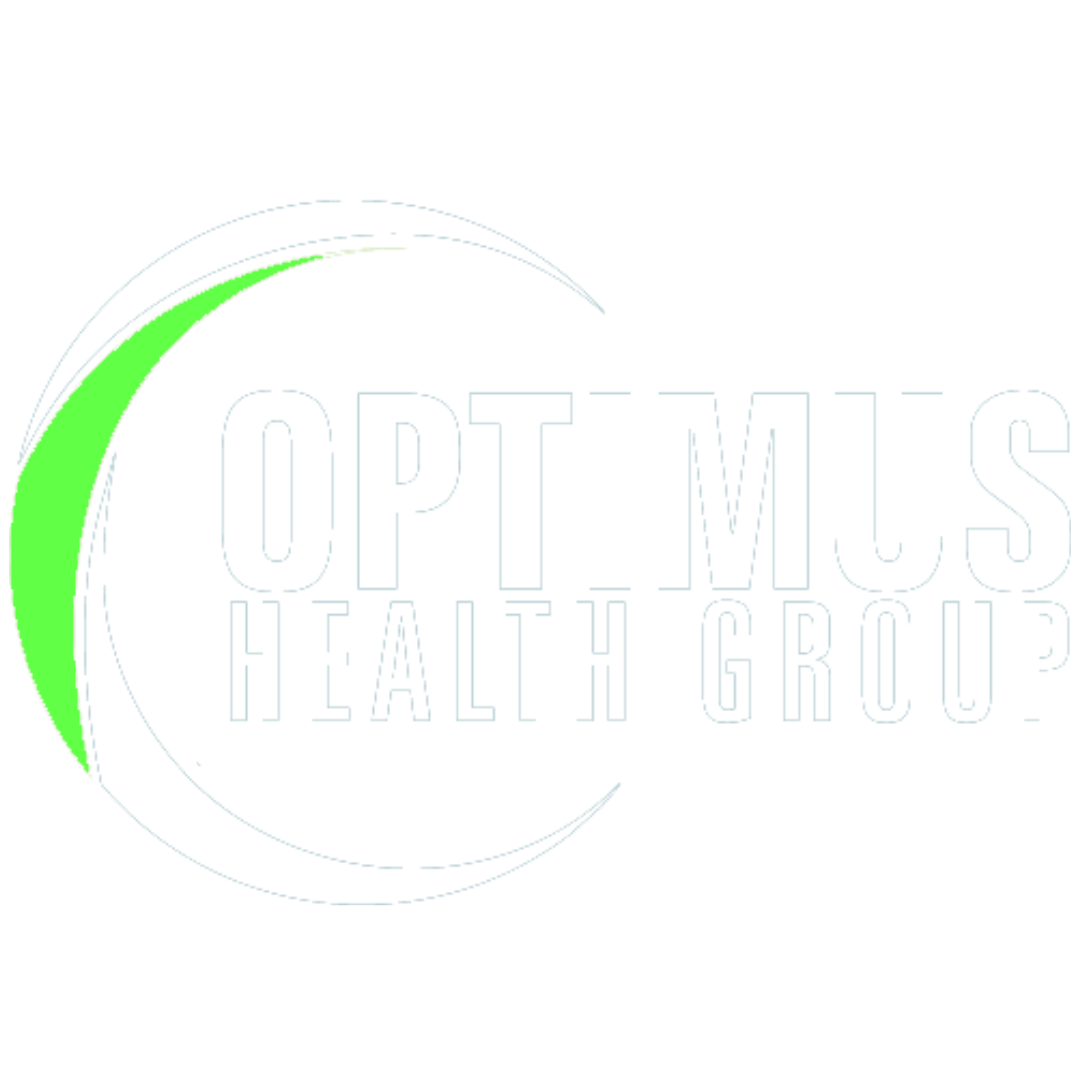Exercise & Pregnancy
Returning to exercise, including yoga, gym, running or sports after having a baby can be an overwhelming process and something that often gets pushed to the backburner when you’re busy looking after a new bub! For other people, it is a high priority and they can’t wait to get back into things. Knowing when and how to start safely can be really difficult and there are many different factors to consider.
When discussing return to exercise after childbirth with mums, I liken it to returning from an ankle sprain. After an ankle sprain, you would spend a period of time resting and recovering, then start to slowly and safely build strength back up, as well as range of motion and balance. Then we would continue to progress through a structured rehabilitation program until we were satisfied that the ankle was ‘match ready’ and appropriate to return to exercise or sport. We do this to avoid making the injury worse, reinjuring the ankle or injuring another part of the body.
The exact same can be said for rehabilitation after childbirth. No matter how you gave birth, pregnancy alone is a risk factor for pelvic floor dysfunction and this can be exacerbated significantly by rushing back into things. Unfortunately, musculoskeletal pain, urinary incontinence, abdominal separation and pelvic organ prolapse are prevalent conditions amongst post natal runners and sports people alike. Because of this, it is so important that your return to exercise is safe, slow and most importantly, guided by a professional.
So, where to start?
Immediately after birth, rest and recovery is important. As soon as you are comfortable, you can start with some gentle pelvic floor activation exercises - you should be familiar with these from during your pregnancy (it is important that you don’t start these until your catheter is removed, if you require one). From then, until your 6 week appointment with your GP or obstetrician, you can slowly build up some light walking and do gentle stretches.
If you have any pain or discomfort during this time (think shoulders or back from feeding or sitting in one position for too long!), you can absolutely book a physiotherapy appointment, in which we can provide you with hands-on treatment, some suggestions for better positions and posture and prescribe some gentle exercise.
Around the 6 week mark, you should have a check-up with your obstetrician or shared care provider. This appointment should be about both baby and yourself - follow up on any concerns and ensure you chat to your doctor about returning to exercise. Once they are happy for you to start to return to exercise - this is not your green light to start running around the block, but rather to start on your rehabilitation and return to exercise journey!
In order to successfully return to higher impact exercise, we need a strong and coordinated pelvic floor, strong abdominals, movement patterns to be normalised, the list goes on. As a general rule, high-impact exercise should not be recommenced until at least 12 weeks, but usually more like 16. Again this is a general rule and is different for everyone! This means that the time between your 6 weeks check-up and return to your exercise of choice should be spent rehabilitating and regaining strength.
How to get started?
The best way to get started at this point is to start with an assessment with an experienced physiotherapist, who will ask plenty of questions about pregnancy, birth and beyond, as well as your goals and how you’re currently feeling. From here we can tailor a rehab program that suits you - including starting you on a home exercise program and progressing you into a post-natal pilates or gym group. Both of these small group options are supervised by a physiotherapist who is an expert in not only prescribing appropriate exercises which progressively strengthen, they are also able to analyse your movements and ensure they are carried out in a safe and appropriate manner.
This last step is vital in ensuring that you are ready to go back to your regular gym classes - even a ‘mums & bubs’ class. At Optimus Health, in our postnatal classes, each person is at a different stage in their journey and so everyone does their own individual exercises, prescribed to them specifically by the physiotherapist running the class. This differs from your average gym or pilates class, usually run by a PT or pilates instructor rather than a physio, with generic exercises that may or may not be appropriate for you at that point in time.
Importantly, it is never too late to begin your post-partum return to exercise and improve on your pelvic floor and abdominal strength. Even if the above timeline doesn’t fit your journey - get in touch and we can tailor a rehabilitation program specifically for you!
